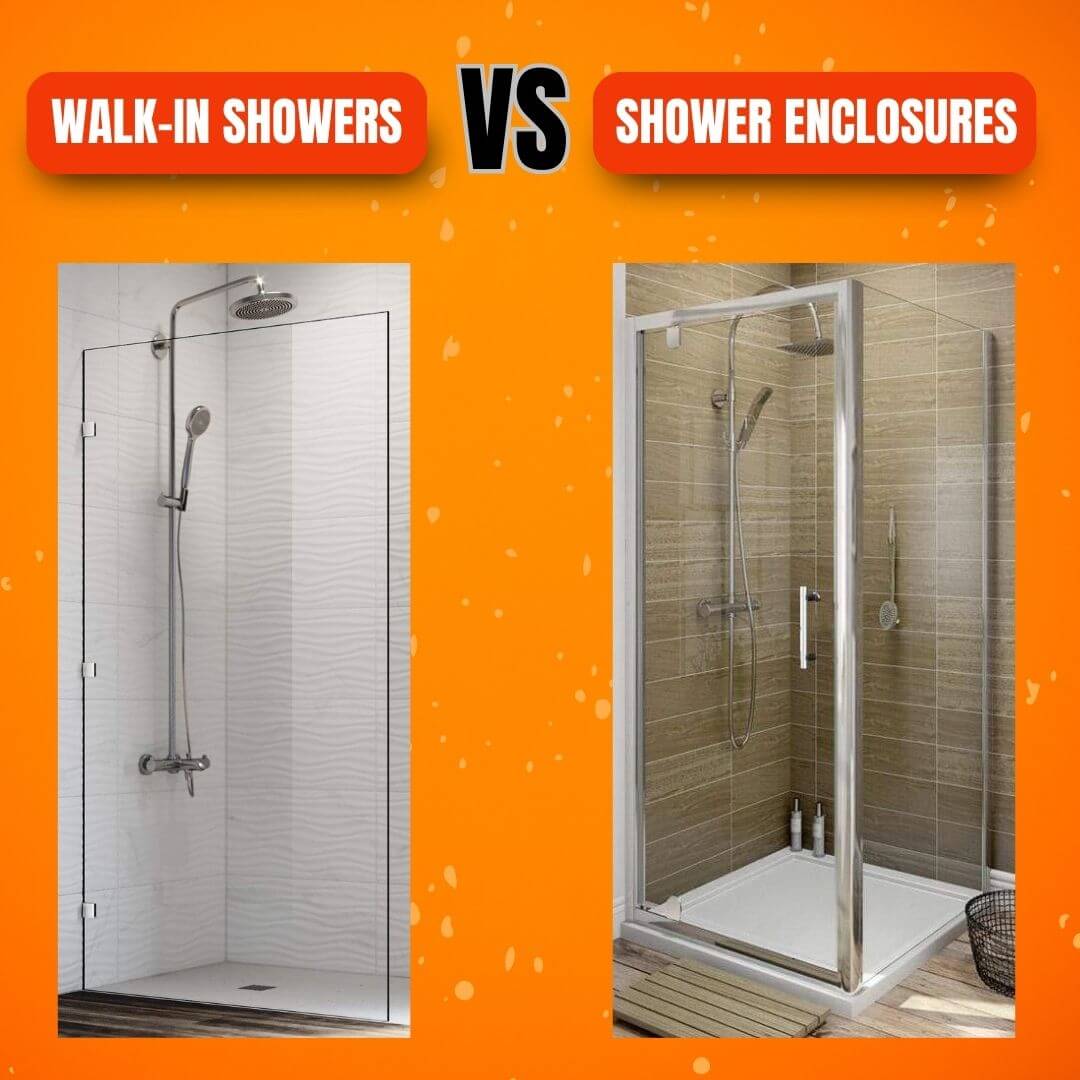In today’s world, the importance of sustainability cannot be overstated. As consumers become more conscious of their environmental footprint, the choice between eco-friendly shower materials vs. traditional materials has gained significant attention. This article delves into the differences, benefits, and implications of these materials, helping you make informed decisions for your bathroom renovation.

Understanding Eco-Friendly Shower Materials
Eco-friendly shower materials are designed to minimize environmental impact. These materials often include:
- Bamboo: A rapidly renewable resource that is naturally resistant to moisture.
- Recycled Glass: Made from post-consumer glass, this material reduces waste and energy consumption.
- Natural Stone: Sourced sustainably, it offers durability and aesthetic appeal.
- Low-VOC Paints: These paints emit fewer volatile organic compounds, improving indoor air quality.
Choosing these materials can significantly reduce your carbon footprint. But how do they stack up against traditional options?
Traditional Shower Materials: A Closer Look
Traditional shower materials, such as ceramic tiles, acrylic, and fiberglass, have been staples in bathroom design for years. While they offer durability and a wide range of styles, they often come with environmental drawbacks:
- High Energy Consumption: The production of ceramic tiles and acrylic materials typically requires significant energy.
- Non-Biodegradable Waste: Many traditional materials do not decompose, contributing to landfill issues.
- Chemical Emissions: Some materials release harmful chemicals during production and use, affecting indoor air quality.
Are these drawbacks enough to sway your decision towards eco-friendly options? Understanding the long-term implications is crucial.
Comparing Durability and Maintenance
When considering eco-friendly shower materials vs. traditional materials, durability and maintenance are key factors. Eco-friendly materials like bamboo and natural stone can offer comparable durability to traditional options. However, they may require different maintenance approaches:
- Bamboo: Needs periodic sealing to maintain its moisture resistance.
- Natural Stone: Requires regular sealing to prevent staining.
- Ceramic Tiles: Generally low maintenance but can crack under impact.
Ultimately, the choice may depend on your lifestyle and willingness to invest time in maintenance.
Cost Considerations: Eco-Friendly vs. Traditional
Cost is often a deciding factor in material selection. While eco-friendly options may have a higher upfront cost, they can lead to savings in the long run through energy efficiency and durability. Traditional materials might be cheaper initially, but their environmental impact and potential need for replacement can add to long-term costs.
In conclusion, the debate between eco-friendly shower materials vs. traditional materials is multifaceted. By weighing the environmental impact, durability, maintenance, and cost, you can make a more informed decision that aligns with your values and lifestyle. As we move towards a more sustainable future, every choice counts.








